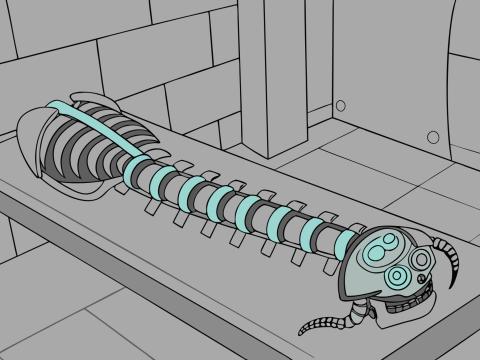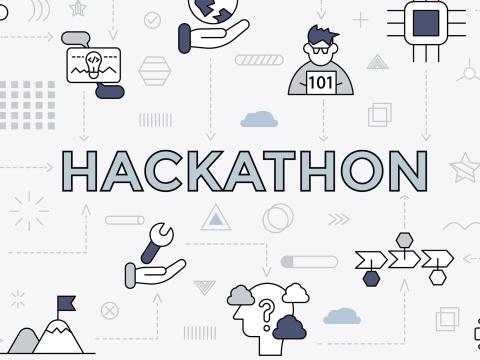On Point: Q&A With Lt. Gen. Paul Stanton, USA
Where is DISA in implementing the DISA Next strategy?
The strategy that my predecessor [Lt. Gen. Robert] Bob Skinner put into place—fantastic. I literally did not change a word of his strategy. My focus has been on the tangible and measurable outcomes on a near-term horizon that move us towards the strategic goals.
What, specifically, do you expect to measure?
My favorite is working alongside the multipartner environment team, with the executive agent headquartered in support of the Air Force, with guidance from the CIO [chief information officer], we, as [the] DISA operational arm, provide meaningful capability in support of the multipartner environment executive agent. We’re targeting a capability that can be leveraged in a hybrid cloud environment that can support combat commands’ requirements to aggregate, correlate data in a meaningful way.
[Combatant commands] need data, and they need to be able to analyze it, and to be able to analyze it in ways that they didn’t know about yesterday. They need that flexibility and agility. We need to provide them with the underlying architecture that is normalized and standardized across all 11 combat commands so that we don’t do one-offs at each one but rather provide them the environment to run the tool that they need and then give them the agility to adjust that tool.
Where is DISA in divesting technical debt?
One of our significant priorities right now is driving what we refer to as DoDNet in support of the defense agencies and field activities (DAFAS). There’s a lot of technical debt inside the DAFAS. We’re driving a modernized architecture built on zero-trust principles that are defensible. We’d like to accelerate our modernization there. Until we are successful, we’re going to drag that technical debt with us. We can’t afford to do that, so that’s our initial focus.
Will DISA 2030 capabilities change the way warfighters operate?
I think the way that warfighters operate is going to change the capabilities we provide to them. Industry does a lot of things very well. Oftentimes, industry solutions have to be put together in unique and meaningful ways to support the war-fighting missions.
Much of our war fight is conducted in an expeditionary sense. That makes things hard if you have to move your capability forward over great distance while the enemy is attempting to kill you. That’s a fundamentally different problem than industry has to face routinely. That’s our problem.
While we have strategic objectives, and we understand the art of the possible, and we understand the left and right limits of what technology can do, we have to adjust our cost, schedule, performance and delivery in response to the emergent need of the combat commands, the warfighter in general.
What’s next with DISA 2030?
Much of the conversation to date is our current focus for making measurable outcomes, adjusting how we command and control, adjusting our relationship and amplifying the field office and field command relationship to the combat commands, such that their feedback comes in and informs our cost, schedule and performance across our acquisition community. That drives how we support cloud infrastructure and the underlying Defense Information System network.
That all has to be tied together in a meaningful way. I have to align the circuits from PEO [Program Executive Office] Transport with the cloud capabilities from our J9 with the configuration of DoDNet from the J6 with the integration of capabilities of Global Command and Control System-Joint and our management systems that PEO Services is putting together. All that has to be tied together and aligned in time and space with delivery to support the combat commands so that what we put into place is an adjustment to our thinking in our processes, to focus on these intermediate objectives to take us towards the strategic goals.





Comments